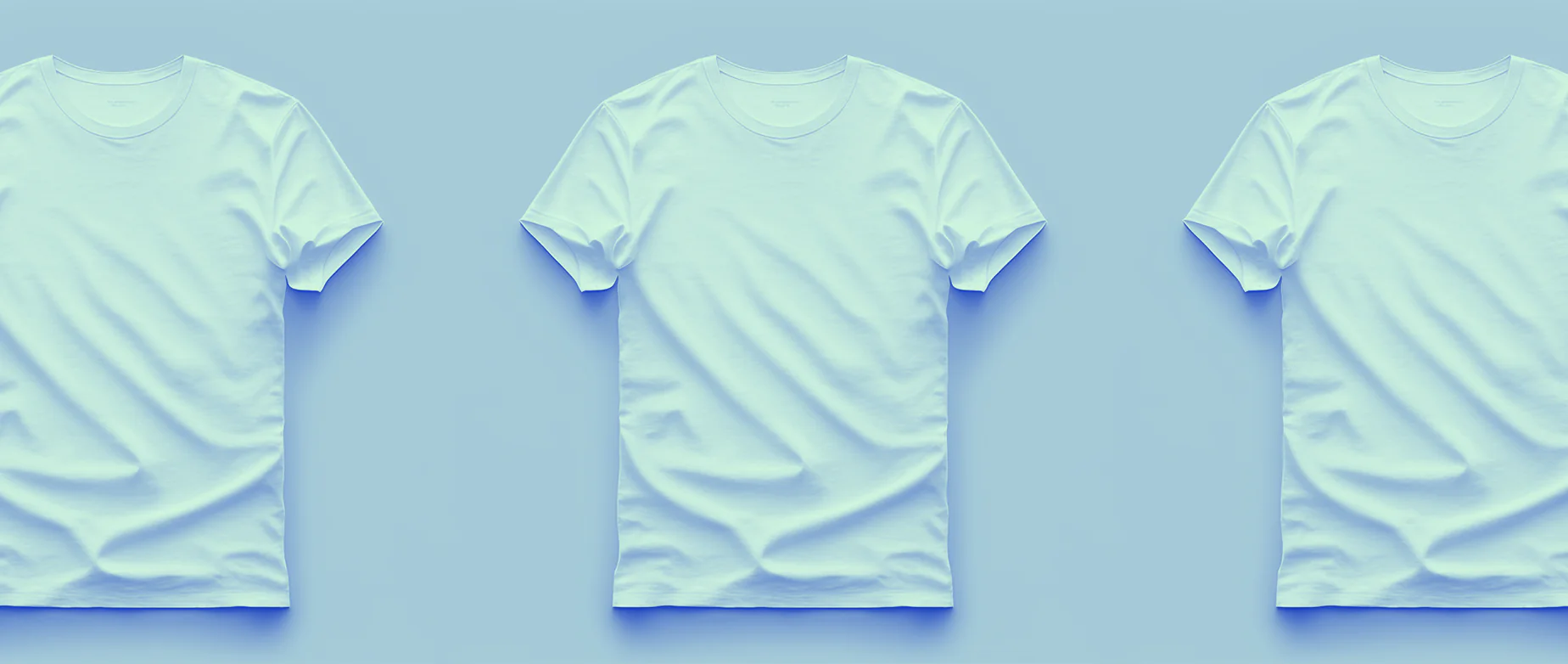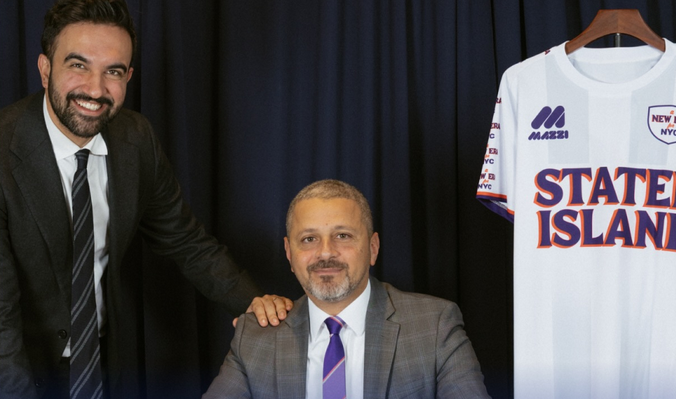T-shirts aren’t just clothing—they’re a statement. Some designs fly off the shelves, while others barely get a second glance. So, what makes the difference? A winning T-shirt design blends creativity, market awareness, and quality execution. Whether you’re launching a clothing brand, designing for fun, or selling on print-on-demand platforms, knowing how to craft a high-impact design is essential.
This guide will take you through the key elements of a T-shirt design that sells, from concept to marketing.
Know Your Audience Before Designing
Before putting pen to paper (or stylus to screen), think about who you’re designing for. Your audience determines everything—the style, message, and even the colors. A fitness enthusiast won’t gravitate toward the same designs as a gamer or a cat lover.
Trends matter, too. Scroll through Instagram, browse top-selling T-shirts on Etsy, and use Google Trends to spot emerging themes. But don’t just follow trends—find a niche that excites you and has a dedicated fan base. A well-targeted niche often leads to higher sales than a generic “cool” design.
Demographics play a role as well. A bold, edgy design might work for a younger audience, while a clean, minimalist style could appeal more to professionals or older buyers. The more you understand your audience, the better your design will resonate with them.
Developing a Winning Concept
Great T-shirt designs aren’t just about looking good; they connect with people. A strong concept is what separates a forgettable design from one that sells.
Minimalist designs often do well—clean text, simple icons, and high-contrast colors make for stylish, easy-to-wear shirts. Humorous designs also have mass appeal, especially when they tap into popular culture or clever wordplay. Motivational quotes and slogans attract buyers looking for inspiration, while vintage aesthetics cater to nostalgia lovers.
Some of the best-selling T-shirts reference pop culture, but be careful—using copyrighted material without permission can lead to legal trouble. If you want to create a design inspired by a movie, show, or meme, make sure it’s an original twist, not a direct copy.
Color Choices That Make an Impact
Color plays a huge role in whether a design catches someone’s eye. Bold, high-contrast colors can make a statement, while muted, pastel tones create a softer, more stylish look.
Choosing colors that work well together is crucial. A black-and-white combo is always a safe bet, but experimenting with complementary colors can create unique results. Just make sure your color palette isn’t overwhelming—too many colors can make a design look cluttered.
It’s also important to consider how the design will look on different T-shirt colors. A light-colored design might look fantastic on a black shirt but disappear on a white one. Testing your design on different backgrounds ensures it remains versatile and wearable.
Typography: The Secret to a Strong Message
Typography is more than just choosing a font—it’s about making words part of the design. A motivational quote, a funny saying, or a powerful statement needs to be visually appealing and easy to read.
Bold fonts work well for strong, attention-grabbing messages. Script fonts can add elegance, while quirky or handwritten fonts give a playful, casual feel. Whatever font you choose, make sure it’s readable, even from a distance.
Spacing also plays a role in readability. Letters that are too close together can make words hard to decipher, while too much spacing can disrupt the flow. Alignment matters, too—centered text often works best for T-shirts, but sometimes left or right alignment can create a unique visual effect.
Graphics and Artwork: Quality Matters
A great T-shirt design needs sharp, high-quality graphics. Blurry or pixelated images won’t just look bad—they’ll also make potential buyers hesitate.
For best results, use vector graphics instead of raster images. Vector files (like AI or SVG) maintain crispness at any size, while raster images (JPEGs or PNGs) can lose quality when enlarged. If you’re using raster images, make sure they’re at least 300 DPI to ensure sharp printing.
Simple, bold artwork often works better than overly detailed illustrations. A design that looks great on a computer screen might lose clarity when printed. Testing your design on a T-shirt mockup before finalizing can help you spot any issues.
Placement and Sizing for Maximum Appeal
Where you place your design on the T-shirt affects how it looks when worn. The most common placement is front and center—it’s eye-catching and works for most designs. However, a smaller design on the left chest can create a subtle, stylish look, while a large back print allows for more detailed artwork.
A well-placed design should feel balanced on the shirt. Designs placed too high near the neckline can look awkward, while those placed too low might not be as visible. For front designs, the sweet spot is usually 2-3 inches below the collar.
Sizing also plays a role in overall appeal. A design that’s too small might go unnoticed, while one that’s too large could overwhelm the wearer. Striking the right balance ensures the T-shirt remains wearable and visually appealing.
Printing Methods That Affect Quality
The method you choose to print your design can impact its final look and durability. Screen printing is one of the most popular methods, producing vibrant, long-lasting prints, but it’s best for bulk orders. Direct-to-garment (DTG) printing allows for detailed, colorful designs and is ideal for print-on-demand businesses.
Heat transfer vinyl (HTV) works well for small-scale customization, though it may not be as durable as other methods. Sublimation printing, which embeds the ink into the fabric rather than on top of it, is excellent for all-over prints on polyester shirts.
Choosing the right printing method depends on your design complexity, budget, and the type of fabric you’re working with. Companies like aaprintsupplyco.com offer a range of printing solutions for designers looking to experiment with different techniques.
Marketing Your T-Shirt Design for Sales Success
Even the best design won’t sell if no one sees it. Marketing is just as important as the design itself.
Social media is a powerful tool for reaching potential buyers. Platforms like Instagram, TikTok, and Facebook allow you to showcase your designs through high-quality images and videos. Influencer collaborations can also boost exposure—having someone with a strong following wear your T-shirt can drive sales.
Selling on established platforms like Etsy, Redbubble, or Shopify gives your designs immediate visibility. Running targeted ads on social media can also help you reach a specific audience, increasing the chances of making sales.
Building an email list and offering discounts to returning customers can create brand loyalty, turning one-time buyers into repeat customers.
Final Thoughts
A stunning T-shirt design isn’t just about creativity—it’s about understanding your audience, using the right colors and typography, and ensuring high-quality printing. A well-executed design, paired with effective marketing, can turn a simple idea into a best-selling product.
Now that you know what goes into creating a T-shirt that sells, it’s time to put your ideas into action. Whether you’re designing for a brand, a print-on-demand business, or just for fun, following these principles will set you up for success.







